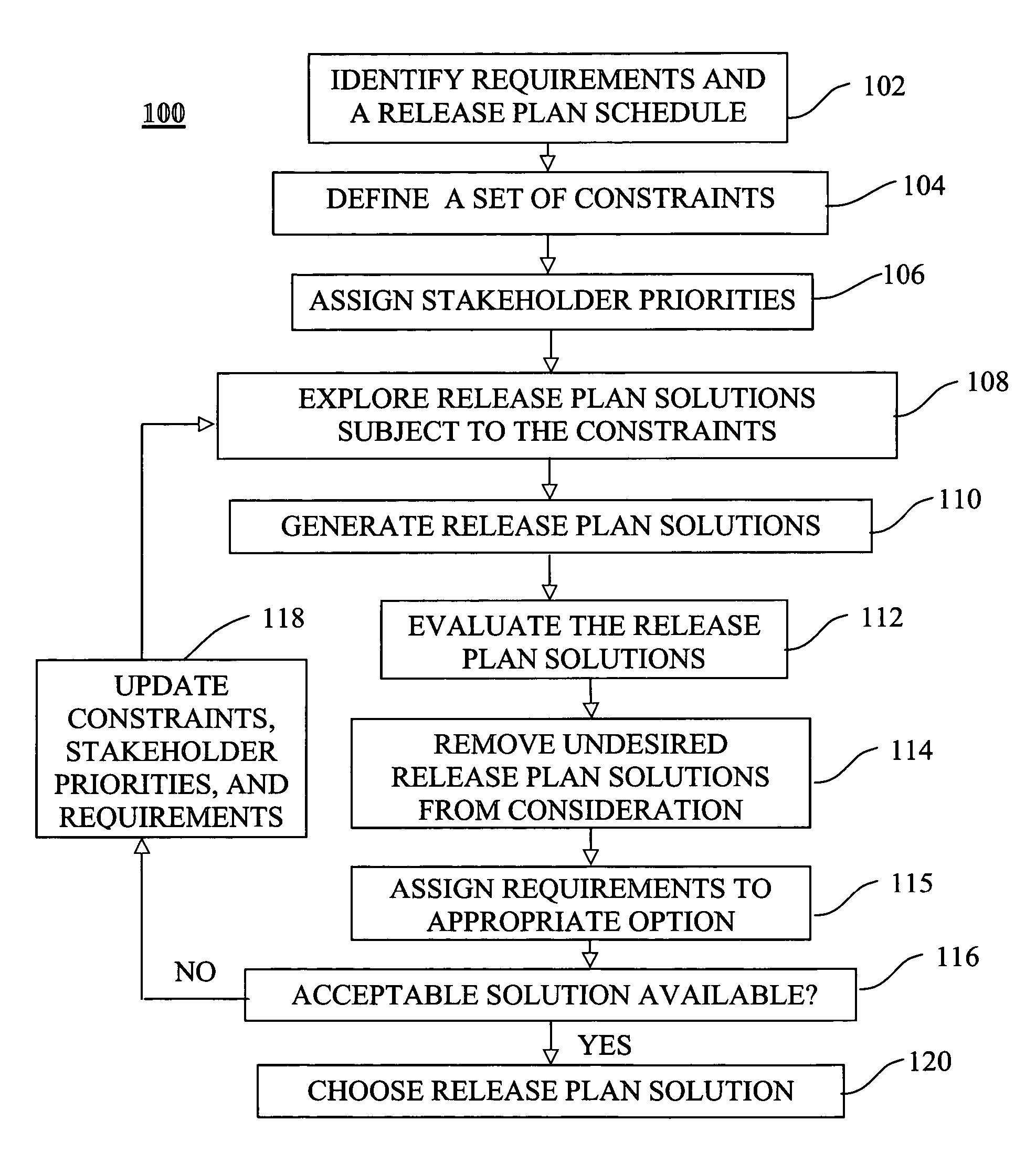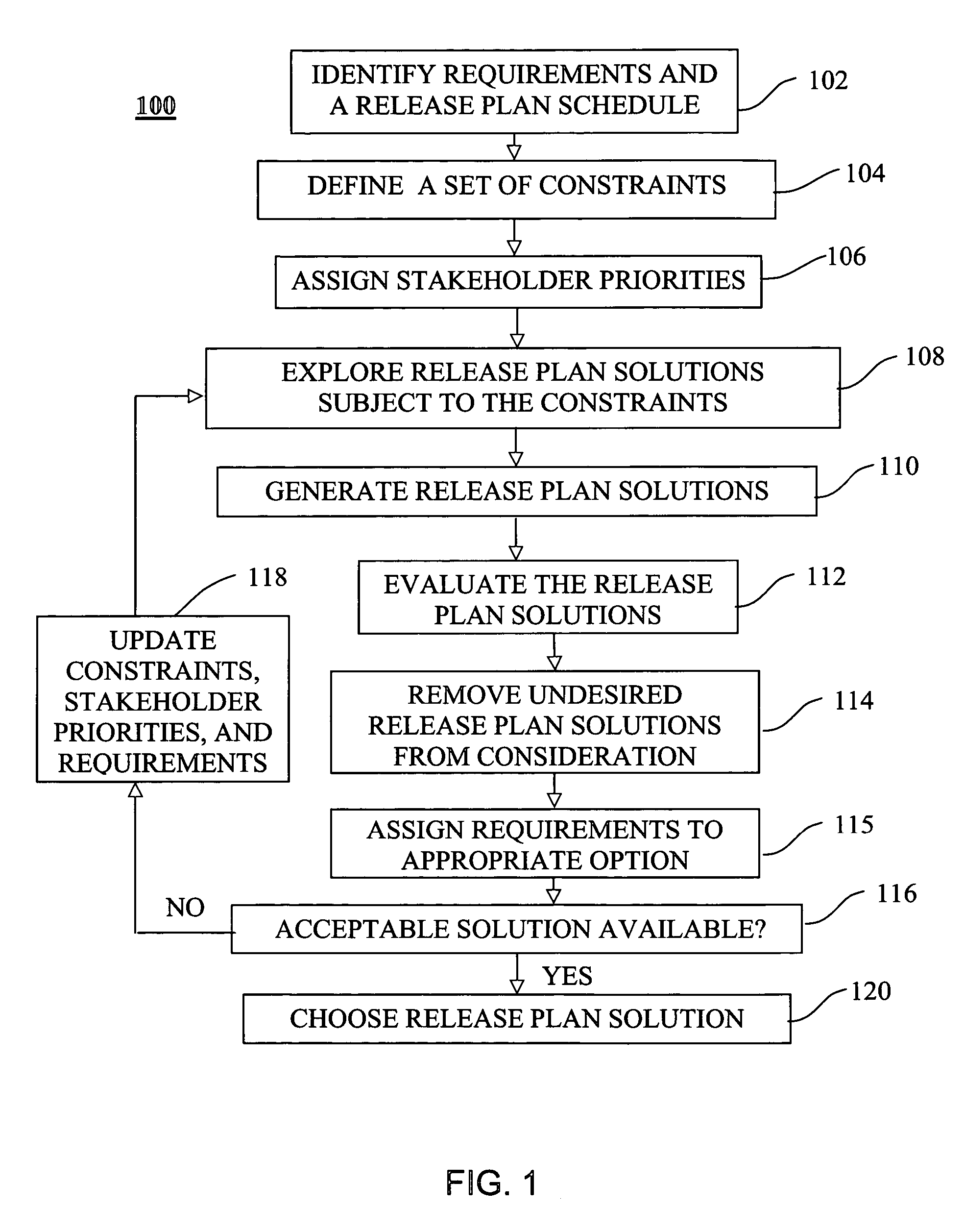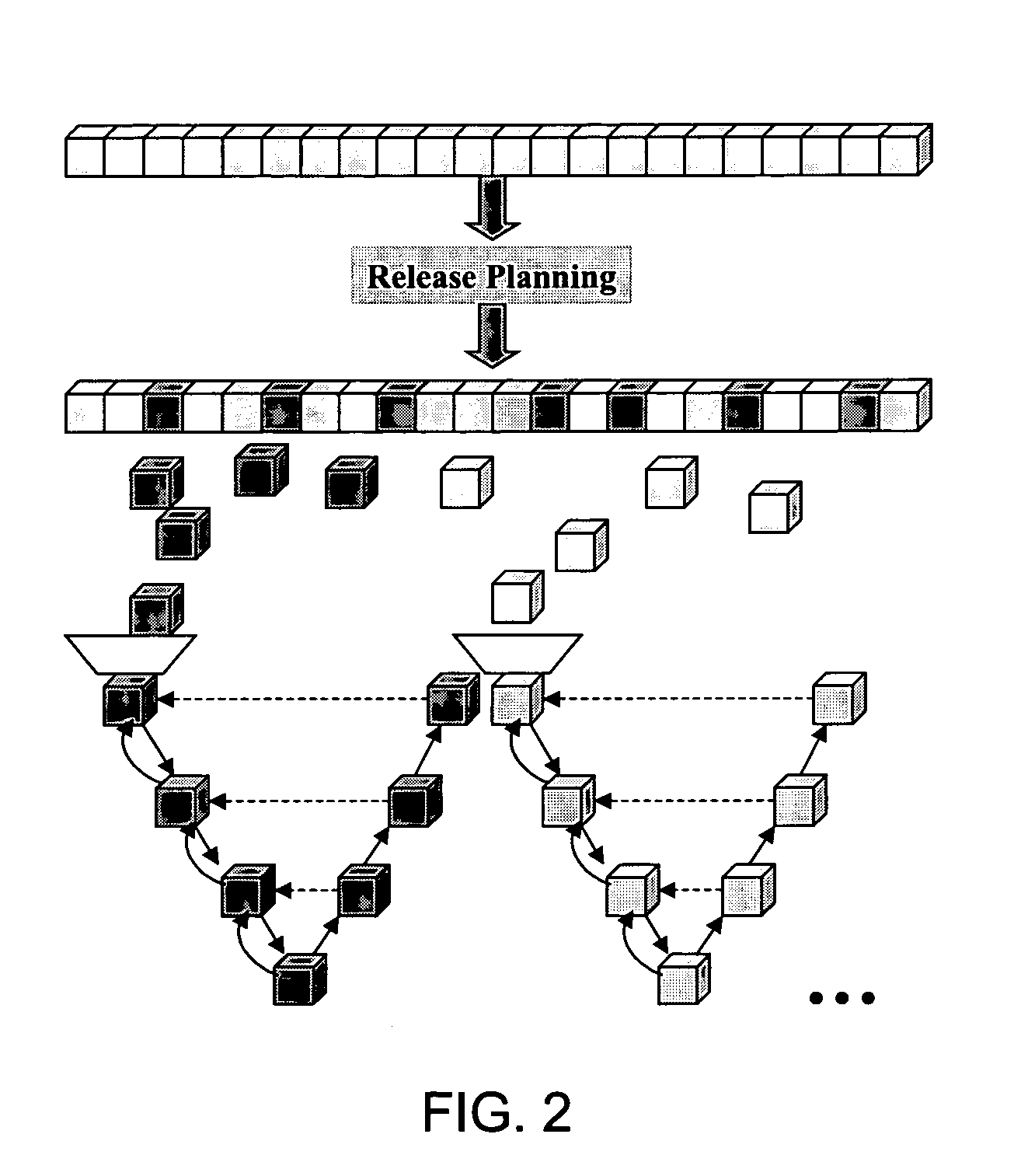According to the Standish Research Group (“What are your requirements?” http: / / www.standishgroup.com / , 2002), the three leading causes of quality and
delivery problems in software projects are related to
requirements management issues: Lack of adequate
user input, incomplete requirements and specifications, and changing requirements specifications.
Without good release planning ‘critical’ features are jammed into the release late in the cycle without removing features or adjusting dates.
This might result in unsatisfied customers, time and budget overruns, and a loss in market share, as indicated by Penny D., “An
Estimation-Based Management Framework for Enhancive Maintenance in
Commercial Software Products”, in Proc.
Third, the schedule and cost for each delivery stage are easier to estimate due to smaller
system size.
Fifth, an incremental approach is sensitive to changes or additions to features.
One of the most prominent issues involved in incremental
software development is to decide upon the most promising software release plans while taking into account diverse qualitative and quantitative project data.
Despite the obvious importance of the problem in current incremental and evolutionary development, it is poorly studied in the literature.
The problem of still delivering a large amount of features that are never used, and vice versa, not delivering those that are required, has (among others) to do with a lack of understanding and prioritization.
As a feature has different relevant attributes (such as its functionality, inherent risk, effort of implementation) that contribute to the final judgement, requirements prioritization is a multi-attributive
decision problem.
Specifically, requirements prioritization is also a multi-person (multi-criteria)
decision problem, as the prioritization is typically performed in a team-session.
That means that the objective is “to maximize the benefit”, but it is difficult to give a measurable definition of “benefit”.
Wicked problems have better or worse solutions, but no optimal one.
Release planning is a very complex problem including different stakeholder perspectives, competing objectives and different types of constraints.
Release planning is impacted by a huge number of inherent constraints.
Furthermore, effort, resource, and budget constraints have to be fulfilled for each release.
The topic of investigation is uncertain and incomplete in its nature:Features are not well specified and understood: There is usually no formal way to describe the features and requirements.
Non-standard format of feature specification often leads to incomplete descriptions and makes it harder for stakeholders to properly understand and evaluate features and requirements.Stakeholder involvement: In most cases, stakeholders are not sufficiently involved in the
planning process.
Often, stakeholders are unsure why certain plans were suggested.
All these issues add to the complexity of the problem at hand and if not handled properly, they create a huge possibility for project failuresChange of features and requirements and other problem parameters: Features and requirements always change as the project progresses.
If a large number of features increase the complexity of the project, their dynamic nature can
pose another challenge.
Other parameters such as the number of stakeholders, their priorities, etc., also change with time—adding to the overall complexity.Size and complexity of the problem: Size and complexity are major problems for project managers when choosing release plans—some projects may have hundreds or even thousands of features.
The size and complexity of the problem (known to be NP-complete), and the tendency for not involving all of the contributing factors, makes the problem prohibitively difficult to solve by individual judgment or
trial and error type methods.Uncertainty of data: Meaningful data for release planning are hard to gather and / or uncertain.
Specifically, estimates of the available effort, dependencies of features, and definition of preferences from the perspective of involved stakeholders are difficult to gauge.Availability of data: Different types of information are necessary for actually conducting release planning.
Most frequently, these constraints are related to resources, schedule, budget or effort.Unclear objectives: ‘Good’ release plans are hard to define at the beginning.
This effort required soon becomes prohibitive for larger number of requirements.
In addition to that, none of the mentioned algorithms takes into account different stakeholder perspectives.
Priority decisions become more complicated in the presence of stakeholders having different relative importance and different preferences.
It becomes very hard in the presence of constraints about sequencing and
coupling of requirements in various increments, and taking into account
resource allocation for implementation of requirements.
None of the methods mentioned above can be applied under these circumstances.
However, as the size and the complexity of the projects increases, the decisions involved in release planning become very complex.
Considering problems involving several hundreds of requirements and large number of widely scattered stakeholders, it becomes very hard to find appropriate solutions without intelligent support tools.
 Login to View More
Login to View More  Login to View More
Login to View More 


